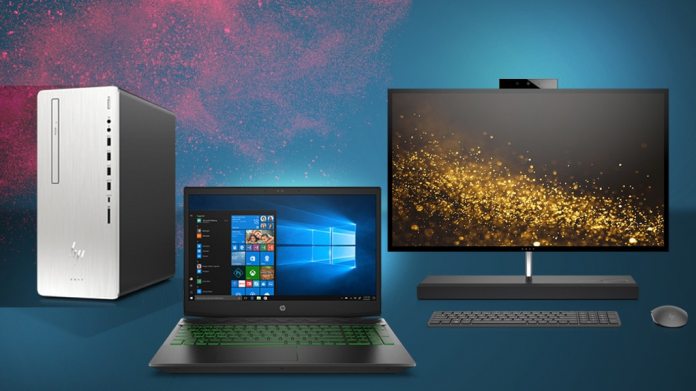Windows Virtual Desktop (WVD) allows users to create a virtualization of Windows 7, Windows 10, Office 365 ProPlus apps and third-party apps. With WVD, customers receive remote desktop sessions by running virtualizations in Azure virtual machines. Windows 7 users running can get free extended security updates (ESUs) over three years to compensate for Microsoft ending Win7 support in January, 2020. Now available in public preview, Microsoft has expanded on the partner integrations with Windows Virtual Desktop. Among them is a collaboration with Samsung’s DeX feature, which lets users plug in a Galaxy smartphone into a monitor and use it as a desktop. Earlier this year, Microsoft eased concerns about the impact Windows Virtual Desktop will have on partners. The company wants to keep virtualization partners relevant by integrating their technology with WVD.
Integrations
At the Citrix Summit, the company hinted at a preview release during the first quarter of this year and has delivered that. In terms of how Citrix and other virtualization partners can remain relevant, Microsoft says the company can integrate MVD into Citrix Workspace, Virtual Apps, and other services. Users who want to test WVD, Insiders will need to have an Azure subscription and Microsoft 365 F1, E3, or E5, Windows 10 Enterprise E3 or E5, and Windows VDA for Windows 7 or Windows 10.




